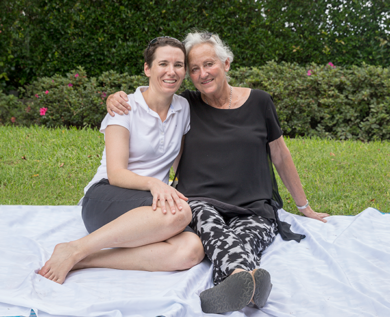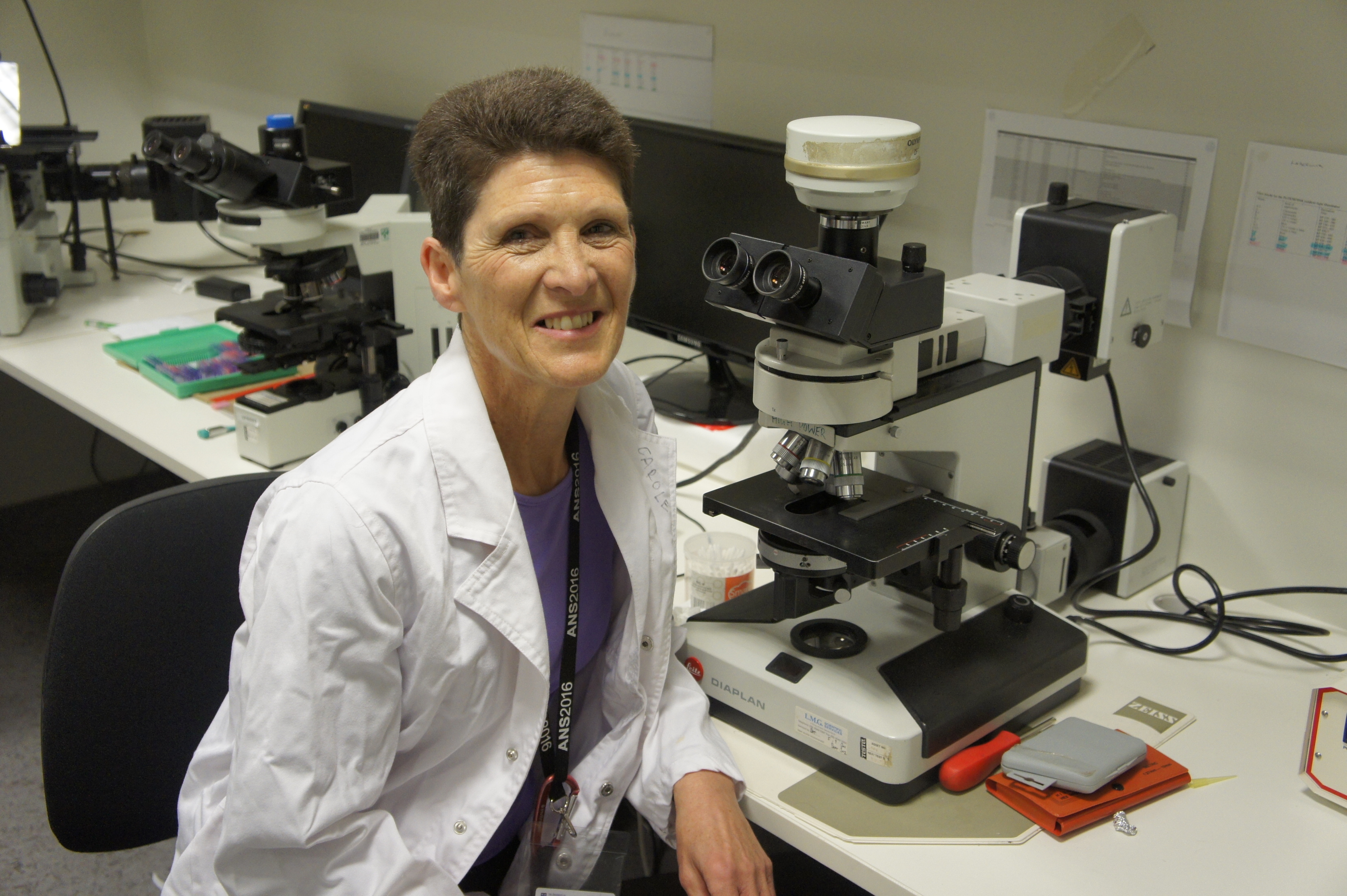Amyloidosis
What is amyloidosis?
Amyloidosis is the general term given to a relatively rare and serious group of disorders in which an abnormal protein known as amyloid is produced. Amyloid (the word means “starch like”) is an unusually stable material which has a unique chemical structure formed when certain proteins fold in an abnormal way. These protein fibrils progressively deposit and accumulate in organs and tissues of the body, disrupting normal function. Without treatment this may eventually lead to organ damage and failure. At this time it is not known what triggers the initial formation of the amyloid protein and why this happens in such a small proportion of the population.
Amyloidosis can be:
- acquired – occurs spontaneously
- hereditary – occurs due to a faulty gene.
It can also be:
- localised – amyloid protein produced and deposited only in one small area of the body
- systemic – amyloid protein circulates in the blood and deposits in one or several organs of the body.
Amyloidosis is not a cancer but it is equally as serious.
Amyloidosis is classified according to the main protein trigger that causes that particular type of amyloidosis. Each type is given an abbreviation where the first letter A stands for amyloid and the subsequent initials stand for the amyloid protein. For example, in AL amyloidosis the A stands for amyloid and L for the type of fibril protein, light chain. More than 20 different types of amyloidosis have been identified at this time. Many of these are obscure and cause few problems. Each type of amyloidosis is different, requiring different treatments.
Over the past 10 years there has been a much greater understanding of these diseases. With earlier diagnosis, great improvements in assessment and treatment regimes, many patients are now experiencing long remissions and living full lives.
Amyloidosis: the basics
What are the types of amyloidosis?
How common is amyloidosis?
Who gets amyloidosis?
What causes amyloidosis?
What are the symptoms of amyloidosis?
Further information about amyloidosis
Amyloidosis diagnosis Amyloidosis treatment Amyloidosis treatment side effects AL amyloidosisAmyloidosis stories and resources
Amyloidosis patient stories and research news A guide for people with amyloidosis bookletHow we can help
Online Blood Cancer Support Service Support services Online support groups and webinarsLast updated on December 15, 2023
Developed by the Leukaemia Foundation in consultation with people living with a blood cancer, Leukaemia Foundation support staff, haematology nursing staff and/or Australian clinical haematologists. This content is provided for information purposes only and we urge you to always seek advice from a registered health care professional for diagnosis, treatment and answers to your medical questions, including the suitability of a particular therapy, service, product or treatment in your circumstances. The Leukaemia Foundation shall not bear any liability for any person relying on the materials contained on this website.


